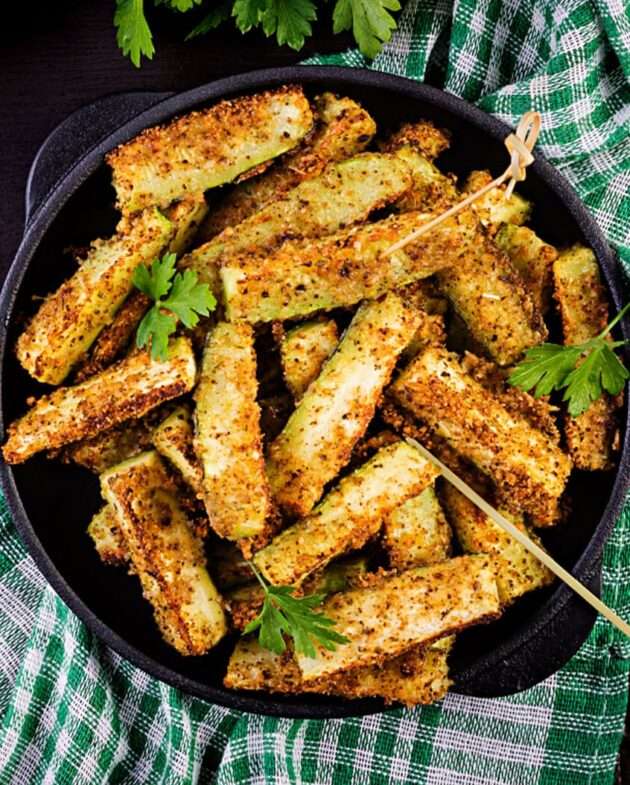- Prepare the Ingredients

Proper preparation is key to a smooth and enjoyable cooking process. Start by measuring 500 grams of chicken, 2 lemons, 3 teaspoons of olive oil, 4 garlic cloves, 1 chili pepper, 2 teaspoons of parsley, and the remaining ingredients accurately. Cut the chicken into bite-sized pieces for even cooking, and dice the bell peppers and onions into similar-sized chunks to ensure uniform grilling. Mince the garlic finely to release its full, aromatic flavor. Soak the wooden skewers in water for at least 30 minutes to prevent burning or splintering during grilling. Arrange and organize all the ingredients neatly in advance to avoid last-minute scrambling and ensure a seamless, efficient, and enjoyable assembly process that leads to a perfectly prepared dish.
- Make the Marinade

In a large mixing bowl, whisk together the juice of 2 lemons, 3 teaspoons of olive oil, 4 minced garlic cloves, 1 chopped chili pepper, 2 teaspoons of parsley, 1 teaspoon of salt, 1/2 teaspoon of black pepper, and 1 teaspoon of cumin. Whisk thoroughly to blend the ingredients until the salt and cumin are fully dissolved. Add the chicken pieces to the bowl, making sure each piece is well coated with the marinade. Massage the marinade into the chicken to maximize flavor absorption. Cover the bowl with plastic wrap and let it marinate for at least 20 minutes at room temperature. For more intense flavor, refrigerate the chicken for up to 2 hours.
- Assemble the Skewers

Thread marinated chicken onto soaked skewers, alternating with bell pepper and onion chunks. Distribute chicken and vegetables evenly to balance flavors and ensure consistent cooking. Leave small gaps between pieces for better heat circulation during grilling, preventing uneven cooking. Avoid overcrowding, as this can cause chicken to cook improperly. Brush leftover marinade over skewers for extra flavor. The colorful vegetables and marinated chicken create an appealing presentation. Secure ingredients firmly to prevent slipping off during grilling. Well-assembled skewers ensure efficient grilling and an attractive final dish.
- Grill the Skewers

Preheat your grill to medium-high heat and lightly oil the grates to prevent sticking. Place the skewers on the grill, leaving some space between them for even heat distribution. Grill the skewers for 10-12 minutes, turning them occasionally to cook all sides evenly. Baste with any leftover marinade for added moisture and flavor. The chicken should be cooked through, with a slight char on the outside, while the vegetables should be tender but still crisp. Use a meat thermometer to ensure the chicken reaches an internal temperature of 75°C (165°F) for safe consumption. Once the skewers are grilled to perfection, carefully remove them and let them rest for a few minutes. Resting allows the juices to redistribute, keeping the chicken moist, juicy, and flavorful when served.
- Serve and Enjoy

Allow the skewers to rest briefly to lock in their juices before serving. Pair them with roasted potatoes, a fresh green salad, or warm pita bread for a complete and satisfying meal. Drizzle the skewers with fresh lemon juice or sprinkle with extra parsley for added zest and brightness. These skewers are perfect for family dinners, barbecues, or casual gatherings with friends and loved ones. Serve with flavorful dips like tzatziki, hummus, or garlic sauce to enhance the flavors even more. The combination of spicy, tender chicken and crisp, charred vegetables creates a dish that is both flavorful and deeply satisfying. The vibrant colors, enticing aroma, and rich taste make these skewers a crowd-pleaser, bringing people together to enjoy a delicious, memorable, and heartwarming meal experience.
- Calories:450 kcal25%
- Protein:35 g28%
- Carbohydrates:250 mg40%
- Sugar:605 mg8%
- Salt:51 g25%
- Energy:1870 kJ22%
- Fat:58 g20%
These spicy grilled chicken skewers are a vibrant fusion of flavors and textures, combining tender chicken with a zesty marinade of lemon, garlic, herbs, and a touch of chili pepper for heat. The chicken is cut into bite-sized pieces to ensure even cooking and marinated to perfection, allowing the flavors to fully penetrate. Fresh bell peppers and onions are diced into chunky pieces, adding color, texture, and sweetness to balance the spiciness. The wooden skewers are soaked beforehand to prevent burning, ensuring a smooth grilling process. When threaded onto skewers, the chicken and vegetables form a visually appealing presentation that makes these skewers ideal for both casual and festive occasions. As the skewers grill, the marinade caramelizes slightly, creating a smoky char that enhances the depth of flavor. The result is juicy chicken with a crunchy vegetable texture, creating a satisfying bite.
Perfect for any gathering, these skewers are incredibly versatile and easy to prepare, making them suitable for weeknight dinners, summer barbecues, or entertaining friends. Serve them alongside roasted potatoes, a crisp green salad, or warm pita bread to create a well-rounded, satisfying meal. For an extra burst of flavor, drizzle them with freshly squeezed lemon juice or a sprinkle of parsley before serving. They also pair wonderfully with dips like tzatziki, hummus, or garlic sauce, enhancing the dish with creamy, tangy notes. The combination of charred chicken, sweet vegetables, and bold, spicy flavors creates a dish that’s both delicious and visually stunning. These skewers not only taste great but also bring people together, making meals feel warm, joyful, and memorable.

























8 Comments
This recipe was a hit at our weekend barbecue! The chicken was so tender and flavorful, and the marinade had just the right amount of spice. The bell peppers and onions added a nice crunch. Everyone loved it, and I’ll definitely be making this again!
I tried these skewers last night, and they turned out amazing! The marinade infused the chicken with incredible flavor, and the grilling gave it a perfect char. Served them with tzatziki and pita bread – absolutely delicious!
These grilled chicken skewers were easy to make and tasted fantastic. The lemon and garlic marinade really made the flavors pop. I loved how juicy the chicken was, and the veggies added great texture. My whole family enjoyed them!
I’m always looking for new grilling recipes, and this one did not disappoint! The marinade was so flavorful, and the chicken came out juicy and perfectly cooked. A perfect dish for summer cookouts. Highly recommend trying this recipe!
This recipe was simple to follow and yielded such delicious results. The chicken was moist, and the marinade gave it a nice kick without being too spicy. Paired it with a fresh salad, and it made for a perfect meal. Five stars!
The recipe was good, but it didn’t quite wow me. The marinade had nice flavors, but I found the spice level a bit too mild for my taste. The chicken was tender, but the vegetables could have been more charred. It’s a decent dish, but I might tweak the seasoning next time to give it more punch.
I completely agree! I made these skewers for dinner last weekend, and they were such a hit. The marinade really brings out the best flavors, and the tzatziki pairing was perfect. This recipe is definitely going into my regular rotation!
Same here! The flavors from the marinade were fantastic, and the grilling gave the chicken that delicious charred taste. I served mine with warm pita and a fresh cucumber salad – it was a winner. Can’t wait to make them again!